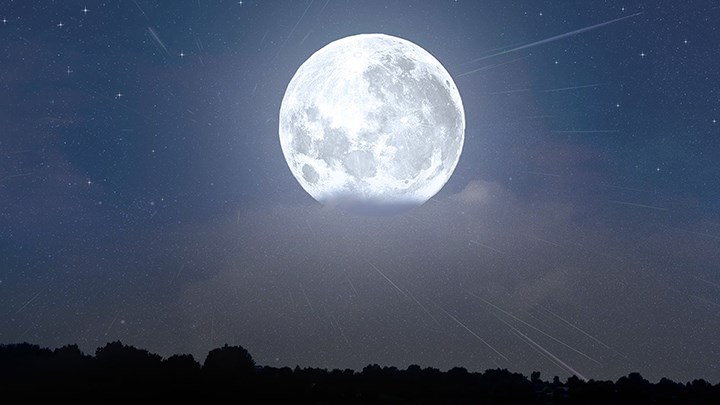
Peter McMahon | special to the Fitzhugh
Good news – for those who need a little celestial aide making their dreams come true and can’t find a singing, advice-dispensing cricket to assist, the Perseid meteor shower is bearing down on the Jasper Dark Sky Preserve with the speed of a caped crusader enroute to a distressed damsel.
Raining light
While you can see a few solid streaks of light in the skies above Jasper throughout the year, the prime wish-making experience comes when the frequency of shooting stars reaches one or two per minute.
That happens when the Earth passes through parts of its orbit that contain tiny bits of debris left behind from the tails of passing comets.
The August 11/12 Perseid meteor shower is one of the most popular for its dozens of shooting stars per hour, but is only offering limited wish-making opportunities this year.
The wrench in the workings is that the moon will be close to full at the peak of the shower, which means that many of the fainter meteors will be difficult to see.
Fortunately, the Perseids are rich in fireballs, so if you plan for success, you will still see 10-15 amazing sky streaks an hour.
Avoid the moon
To see the 2019 meteor shower, no special gear is required. In fact, telescopes and binoculars are less effective than just looking up with your unaided eyes.
But you want to make sure you turn your back to the Moon. Or find one of the conveniently placed mountains that encircle Jasper and locate yourself so the moon is blocked from your view by a rocky outcrop.
Give your eyes about a half hour to adjust to the darkness. Then look straight up: Though Perseid meteors will appear to emanate from the constellation Perseus (on the northeast horizon Aug 12, after 11 pm local time) they can actually show-up anywhere in the sky.
As August 12 turns to the early morning of August 13, meteor activity should increase as Earth rotates right into the cometary debris responsible for these celestial fireworks.
Make your Wish List
Remember to plan your wish list in advance. Maybe baby needs new shoes. Or you want a great place to live. Or have a burning need to ride down Connaught on the back of an ostrich, swinging a bag of gophers over your head. (Don’t write in: it’s just a theory and no gophers were harmed in the making of that sentence.)
Whatever the wish your heart makes, remember to close your eyes after you’ve seen your shooting star and whisper the magic words: Star light, star bright, first star I see tonight…
When you're wishing, consider this: Each meteor that you will see is between the size of a pebble and a grain of sand. We see these cosmic flickers because they're so close -- only a few dozen kilometres above us, and because of the intense beams of light that streak across the sky as each fragment superheats the air in front of itself, vaporizing in our atmosphere at thousands of kilometres an hour.
Peter McMahon is the general manager of The Jasper Planetarium (which will be hosting guided meteor tours on August 10, 11, 12, and 13). His wife wants a meteorite bracelet for her birthday (nudge, nudge…)



